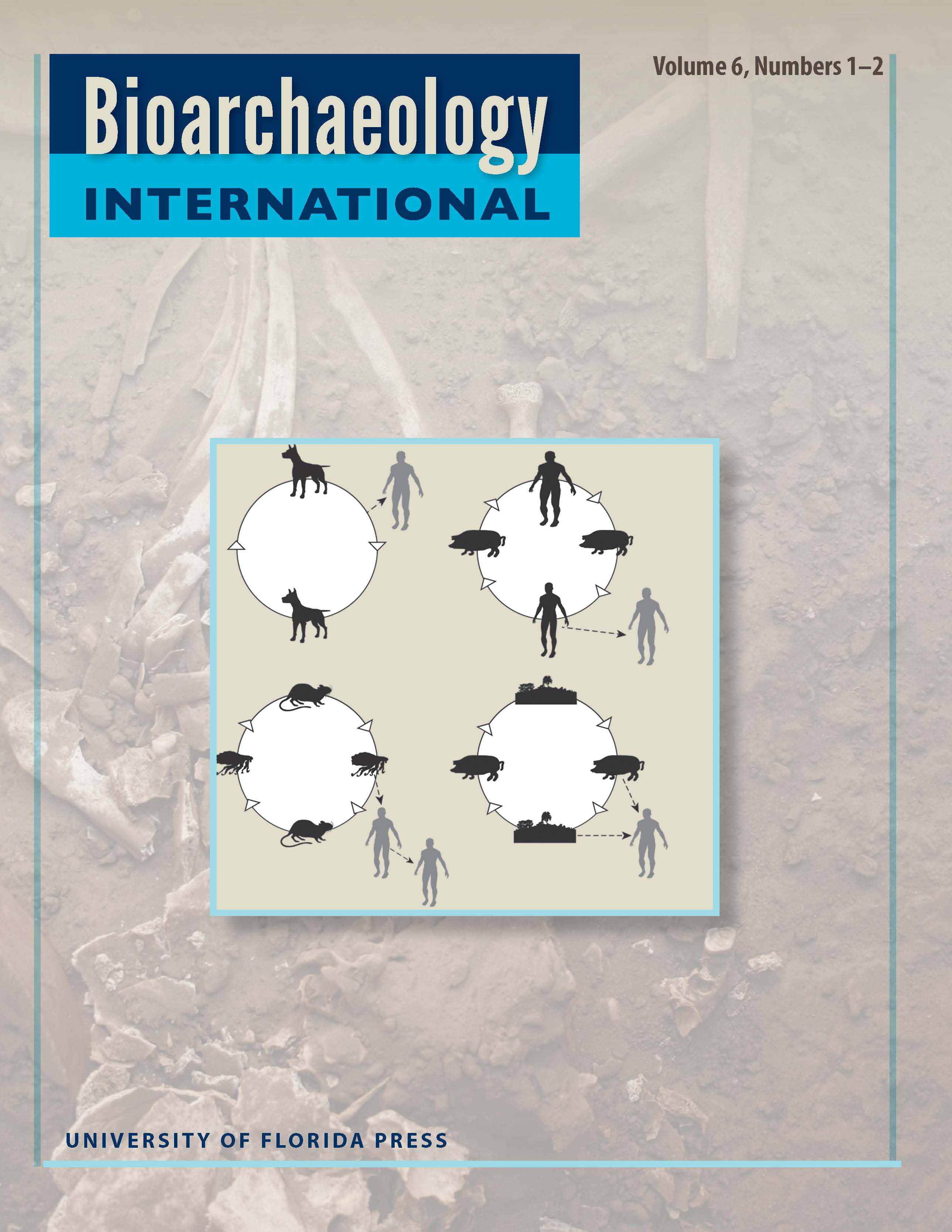Building a Bioarchaeology of Pandemic, Epidemic, and Syndemic Diseases Lessons for Understanding COVID-19
Main Article Content
Abstract
As we enter the third year of the COVID-19 pandemic, the scientific community has met the SARS-CoV-2 virus with efficient and effective responses in epidemiology, molecular biology, genetics, vaccine development, and new treatment options. Yet the toll of the virus on public health has been uneven globally and within nations to an extent that has led STEM professionals to inevitably conclude that a truly effective response requires insights and mobilization from across the social sciences and humanities. It is hard to express how much the pandemic has impacted almost every aspect of life in human communities and how it has laid bare longstanding social problems, like social inequalities. The pandemic has also illuminated the extent of more recent pernicious social forces, such as disaster capitalism, and provides an ominous window into how some governments and societies will meet challenges such as climate change. This introduction presents six commissioned articles that demonstrate the power of an anthropological approach to the biocultural and evolutionary aspects of pandemic and epidemic diseases in the past. In this article, we also frame a path for bioarchaeologists to contribute to incredibly important questions and debates about the global pandemic by situating the articles into holistic theoretical approaches.

